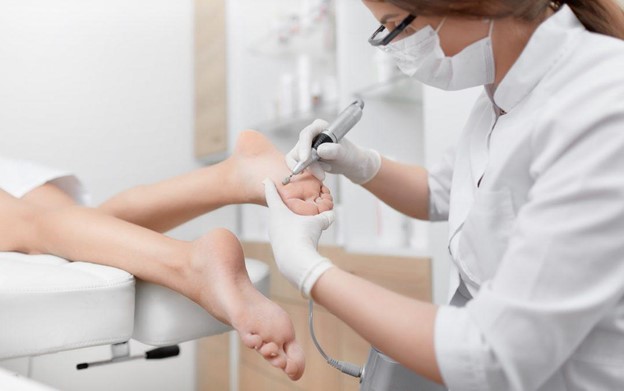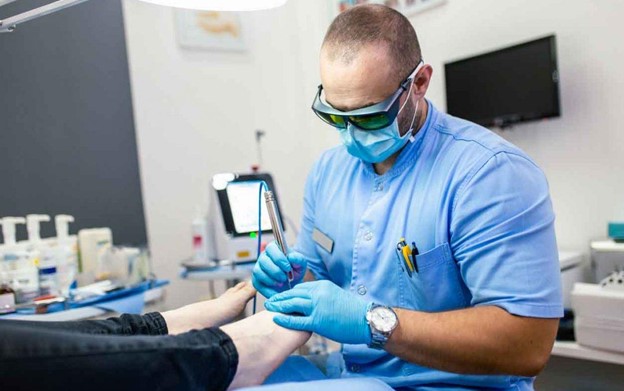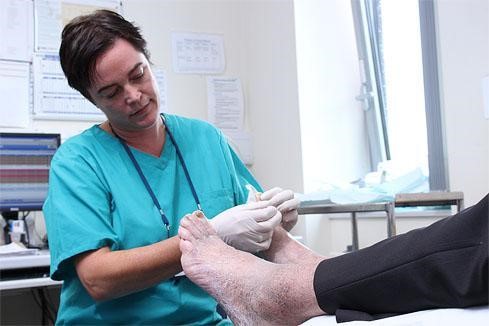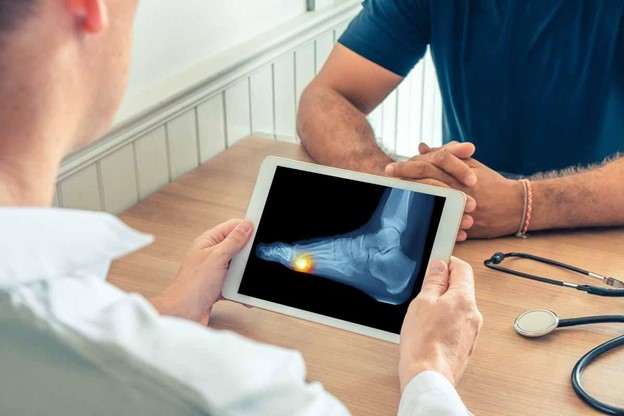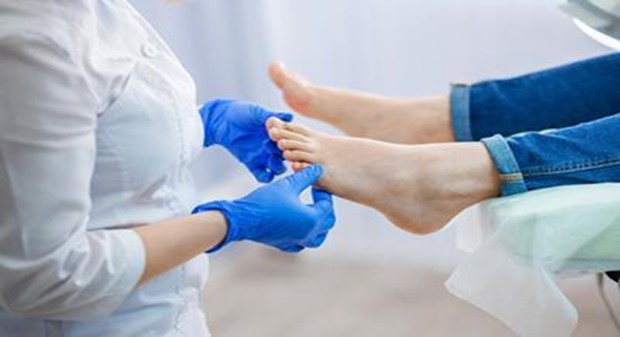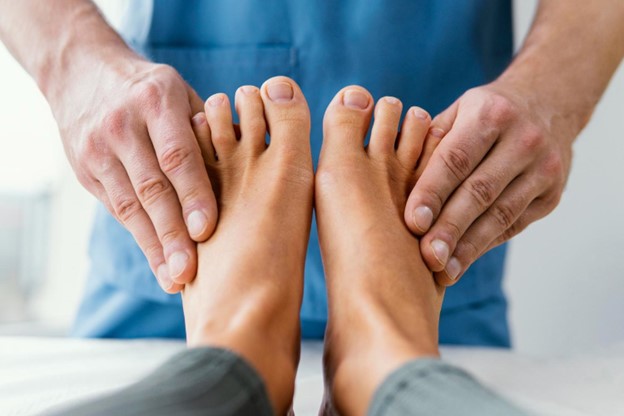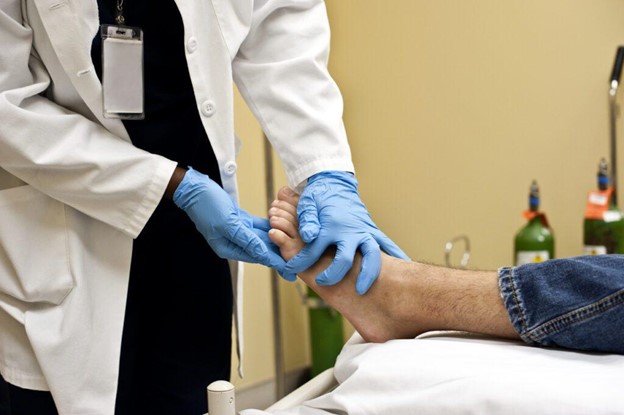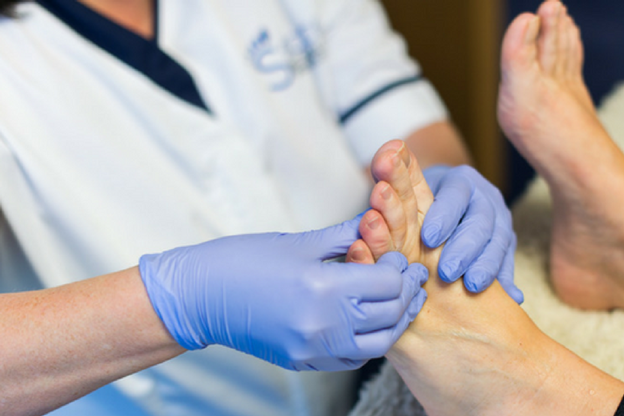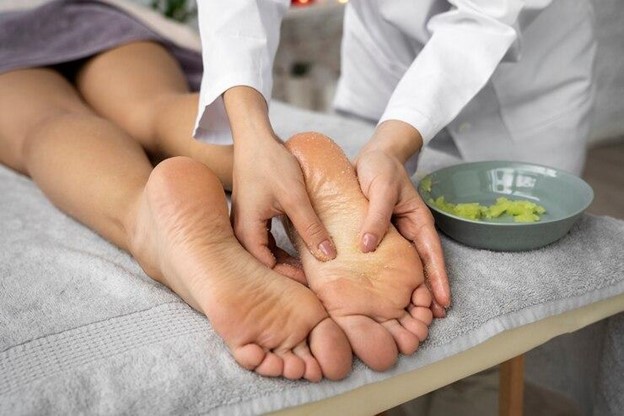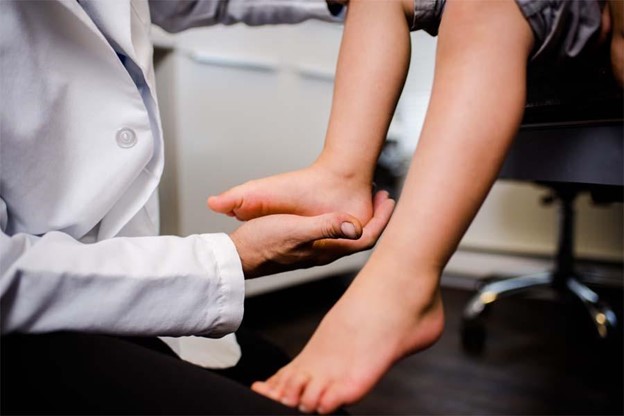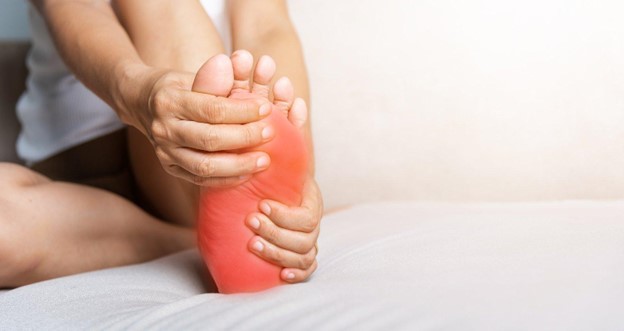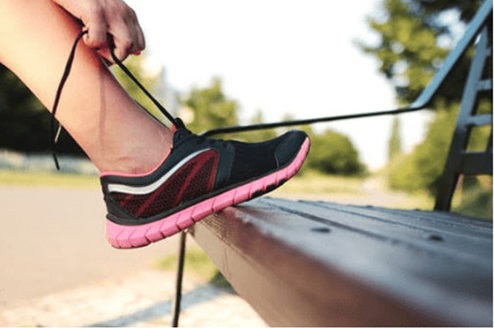Step Up Your Footwear Game: Expert Advice from Singapore’s Top Podiatrists
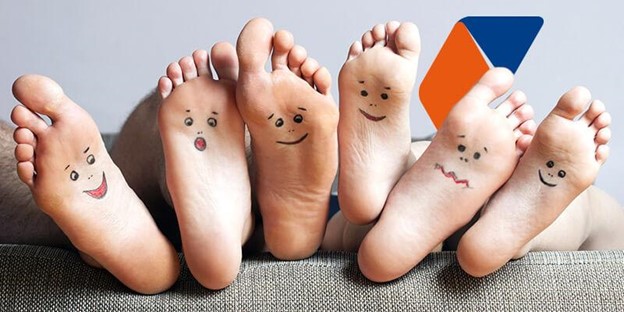
When it comes to maintaining healthy feet, the right footwear plays an indispensable role. As the foundation of your body, your feet endure constant pressure, carrying your weight throughout the day.
Wearing inappropriate footwear can lead to a host of foot problems, including pain, deformities, and chronic conditions that can affect your overall health. To help you make informed decisions, we’ve gathered expert insights from some of Singapore’s leading podiatrists. Here’s what they have to say about choosing the right footwear.
Understanding the Anatomy of Your Feet
Before diving into footwear choices, it’s crucial to understand the anatomy of your feet. Each foot is a complex structure composed of 26 bones, 33 joints, and over 100 muscles, tendons, and ligaments.
Your feet are designed to absorb shock, support your body, and facilitate movement. When choosing footwear, it’s essential to consider how well the shoe complements the natural shape and function of your foot.
- Arch Type: Your arch type is a critical factor in determining the right footwear. Whether you have high arches, flat feet, or a neutral arch, each requires specific support to maintain alignment and reduce strain.
- Foot Shape: Everyone’s foot shape is unique. Some people have wide feet, others have narrow feet, and some may have bunions or other deformities. Footwear that accommodates your foot shape helps prevent discomfort and injury.
- Gait Pattern: Your walking pattern, or gait, also influences the type of footwear you need. Overpronation (foot rolls inward) or supination (foot rolls outward) requires specific shoe features to correct alignment and prevent excessive wear.
The Importance of Proper Fit
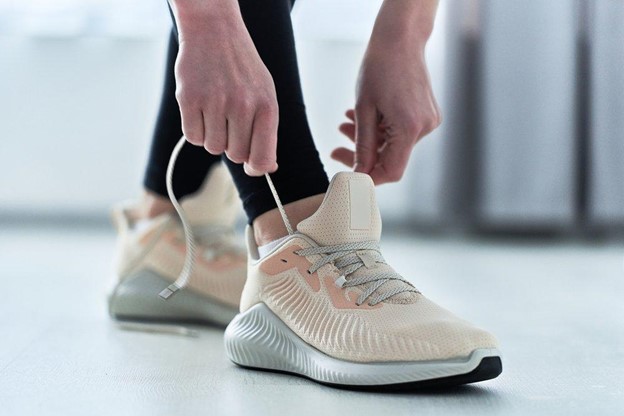
One of the most common mistakes people make when buying shoes is choosing the wrong size. Ill-fitting shoes can lead to blisters, calluses, corns, and even long-term foot problems like plantar fasciitis. Singapore’s top podiatrists stress the importance of getting your feet measured regularly, as foot size and shape can change over time.
- Length and Width: Ensure that there’s adequate space between your longest toe and the end of the shoe—about a thumb’s width. The shoe should also be wide enough to accommodate the widest part of your foot without pinching.
- Heel Fit: The heel should fit snugly without slipping out of the shoe. A loose heel can cause friction, leading to blisters, while a too-tight fit can cause pain and restrict movement.
- Toe Box: The toe box is the front part of the shoe, and it should provide enough room for your toes to wiggle comfortably. A cramped toe box can cause issues like hammertoes and bunions.
Selecting Shoes for Specific Activities
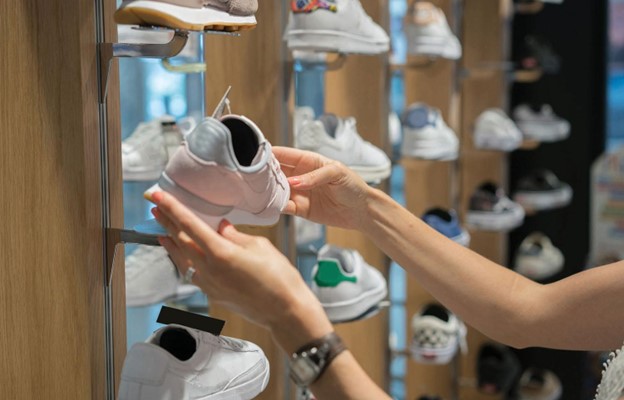
Different physical activities place varying demands on your feet, making it important to choose shoes designed for each specific purpose. Wearing inappropriate footwear for a particular activity can result in discomfort and injuries.
- Running Shoes: Running generates significant impact forces on your feet. Running shoes should offer ample cushioning, arch support, and shock absorption. Consider your arch type and gait when selecting running shoes, and replace them every 300-500 miles to maintain optimal support.
- Walking Shoes: Walking shoes are designed for stability and support. They should have a slightly rounded or rocker sole to help with the natural rolling motion of your foot. Look for shoes with good arch support and cushioning to reduce fatigue during long walks.
- Casual Shoes: For everyday wear, opt for shoes that provide comfort and support without compromising style. Casual shoes should have a cushioned insole, a stable heel, and enough room in the toe box. Avoid shoes with excessively high heels or pointed toes, as they can cause discomfort and long-term foot problems.
- Work Shoes: If your job requires long hours of standing or walking, invest in high-quality work shoes that offer support and cushioning. Consider orthotic insoles for added comfort, especially if you have specific foot conditions.
- Sports-Specific Shoes: Different sports require different types of footwear. For example, basketball shoes are designed for lateral movements and jumps, while tennis shoes offer stability for quick direction changes. Always wear shoes designed for the specific sport you’re engaging in to prevent injuries.
The Impact of Heel Height
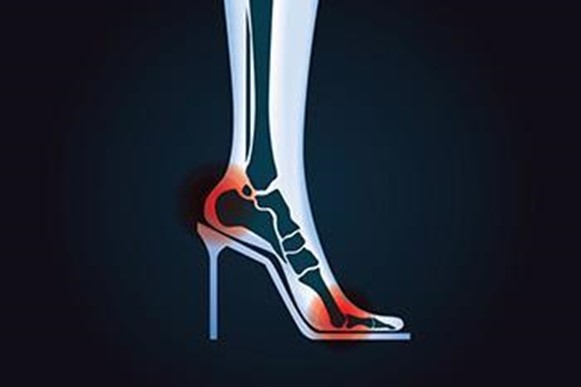
High heels are a popular fashion choice, but they can be detrimental to foot health when worn frequently or for extended periods. Podiatrists caution against wearing heels higher than two inches, as they can cause a range of issues, including:
- Foot and Ankle Pain from High Heels: High heels shift your body weight forward, exerting extra pressure on the balls of your feet and increasing the likelihood of pain and injury.
- Deformities: Prolonged wear of high heels can lead to deformities like bunions, hammertoes, and claw toes. The unnatural position of your foot in high heels can also shorten calf muscles and Achilles tendons, leading to discomfort.
- Posture Problems: High heels can alter your posture, causing strain on your lower back, hips, and knees. This can lead to chronic pain and other musculoskeletal issues.
If you love wearing heels, opt for lower heels and shoes with a wider base for better stability. Consider wearing heels only on special occasions and switching to more comfortable shoes for everyday wear.
Choosing the Right Material
The material of your footwear can significantly impact comfort, durability, and foot health. Here’s what to consider:
- Breathability: Choose shoes made from breathable materials like leather, mesh, or canvas. These materials allow air to circulate, keeping your feet cool and reducing the risk of fungal infections.
- Flexibility: The shoe material should be flexible enough to move with your foot but still provide support. Test the shoe by bending it; it should flex at the ball of the foot, not the arch.
- Durability: High-quality materials like leather and rubber tend to last longer and provide better support. Avoid cheap, synthetic materials that can break down quickly and offer little protection for your feet.
The Role of Orthotics

For individuals with specific foot problems or alignment issues, custom-made orthotics can be transformative. These insoles are designed to support and correctly align your feet, improving posture and reducing discomfort.
- Custom vs. Over-the-Counter: While over-the-counter orthotics can provide some relief, custom orthotics are tailored to your unique foot structure and provide more precise support. Consult a podiatrist to determine if custom orthotics are right for you.
- Conditions That Benefit from Orthotics: Common conditions like plantar fasciitis, flat feet, and overpronation can benefit from orthotic support. Orthotics can also help with knee, hip, and lower back pain related to foot alignment.
Common Footwear Mistakes to Avoid
Even with the best intentions, many people make common mistakes when choosing footwear. Here are some pitfalls to avoid:
- Buying Shoes Too Small: It’s tempting to buy shoes that are slightly too small, especially if they’re on sale or the style is appealing. However, this can lead to a host of foot problems, including blisters, calluses, and bunions.
- Ignoring Foot Pain: Foot pain is not normal and should not be ignored. If your shoes are causing discomfort, it’s time to replace them or seek advice from a podiatrist.
- Wearing Old Shoes: Shoes lose their support and cushioning over time, even if they still look good on the outside. Regularly check the condition of your shoes and replace them when they start to wear out.
- Not Breaking in New Shoes: New shoes often require a break-in period to conform to your feet. Wear them around the house for short periods before committing to a full day of wear to avoid blisters and discomfort.
The Future of Footwear: Innovations and Trends
The footwear industry is continually evolving, with new technologies and trends emerging to improve foot health and comfort. Here are some innovations to look out for:
- 3D-Printed Shoes: Custom-fit shoes made with 3D printing technology are becoming more accessible. These shoes are tailored to the exact shape and size of your feet, providing unparalleled comfort and support.
- Sustainable Footwear: Eco-friendly materials and sustainable manufacturing practices are gaining popularity in the footwear industry. Brands are increasingly offering shoes made from recycled materials, organic cotton, and plant-based leathers.
- Smart Shoes: Technology is making its way into footwear, with smart shoes that track your activity, provide real-time feedback on your gait, and even adjust their fit automatically. These innovations are set to revolutionize how we think about footwear and foot health.
Conclusion: Invest in Your Foot Health
Choosing the right footwear is more than just a fashion statement—it’s an investment in your overall health and well-being. By understanding the anatomy of your feet, considering your specific needs, and avoiding common mistakes, you can find shoes that not only look good but also support your feet in the best possible way.
Remember, your feet are the foundation of your body. Taking care of them with the right footwear can prevent pain, injuries, and long-term health issues. Consult with our foot specialist in Encepheal Podiatry Clinic if you’re unsure about your footwear choices, and don’t hesitate to invest in quality shoes that will keep your feet healthy and happy for years to come.
